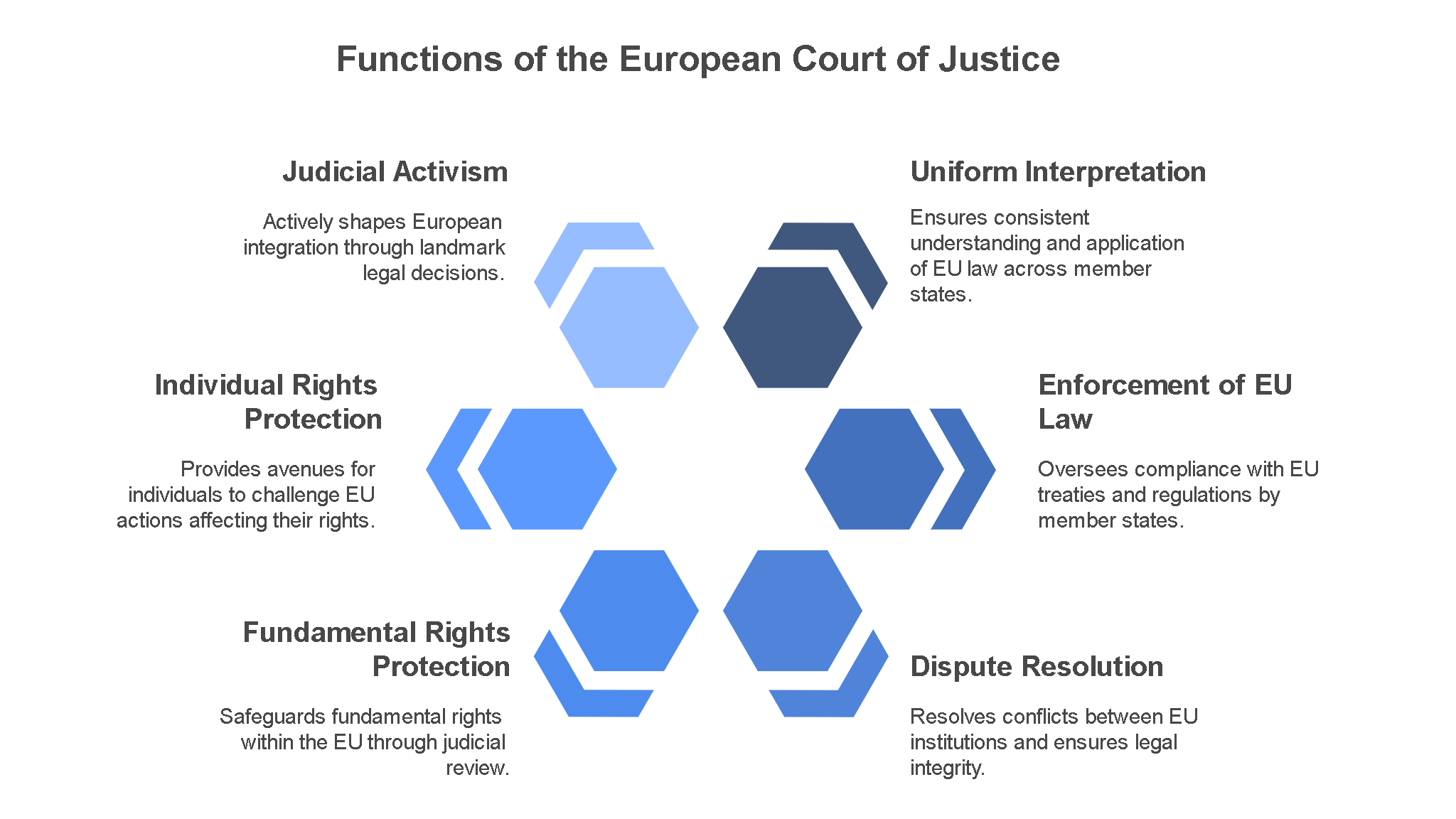The South Asian Association for Regional Cooperation (SAARC) is a regional intergovernmental organization of South Asian nations that focuses on promoting economic and regional integration. The SAARC Study Group on the Greenhouse Effect, Natural Disasters, and Preservation of Environment was established to address the growing environmental challenges faced by the region, including the impacts of climate change, natural disasters, and the need for environmental conservation.
The Study Group’s recommendations and suggestions aim to promote regional cooperation and collective action to address environmental challenges. Some of the key recommendations and suggestions made by the SAARC Study Group are as follows:
1. Establishment of a Regional Mechanism for Disaster Management:
The SAARC Study Group recognized the vulnerability of South Asia to natural disasters, including floods, droughts, earthquakes, and cyclones. One of the primary recommendations was the establishment of a regional disaster management mechanism to facilitate early warning systems, disaster preparedness, and response coordination. This mechanism would allow member states to share resources, information, and expertise in managing natural disasters. It would also include measures for disaster recovery and rehabilitation, ensuring that affected communities receive timely and effective assistance.
2. Promotion of Regional Cooperation for Climate Change Mitigation and Adaptation:
The Study Group stressed the need for regional cooperation to mitigate and adapt to the impacts of climate change, particularly in relation to the greenhouse effect. SAARC member states were encouraged to adopt policies that reduce greenhouse gas emissions, including the promotion of renewable energy sources, energy efficiency measures, and sustainable agriculture practices. The Study Group also called for regional initiatives to enhance the capacity of member states to adapt to the impacts of climate change, such as sea-level rise, extreme weather events, and changes in water availability. This includes the development of joint projects and research on climate change impacts and solutions.
3. Integrated Management of Natural Resources:
The SAARC Study Group emphasized the need for an integrated approach to natural resource management across the region. This includes the sustainable management of water resources, forests, biodiversity, and agricultural land. Member states were encouraged to collaborate on the protection of transboundary natural resources, such as rivers, forests, and ecosystems that span multiple countries. The Study Group also recommended the adoption of sustainable agricultural practices and afforestation efforts to prevent soil erosion, desertification, and deforestation, which contribute to environmental degradation and exacerbate climate change.
4. Promotion of Public Awareness and Education on Environmental Issues:
The Study Group highlighted the importance of public awareness and education in addressing environmental challenges. One of the key recommendations was the development of region-wide environmental education programs to inform the public about the importance of environmental protection and sustainable development. These programs would aim to raise awareness about issues such as pollution, conservation, climate change, and resource depletion. The Study Group also recommended the involvement of civil society, local communities, and non-governmental organizations in environmental initiatives to ensure broad-based participation in environmental governance.
5. Establishment of a SAARC Environmental Fund:
In line with the need for financial resources to address environmental challenges, the SAARC Study Group proposed the establishment of a SAARC Environmental Fund to support environmental projects and initiatives across the region. This fund would provide financial assistance for research, technology transfer, capacity building, and implementation of regional environmental programs. Member states, particularly developed nations, were encouraged to contribute to the fund to help finance projects that address key environmental issues such as climate change, biodiversity conservation, and natural disaster management.
6. Strengthening Regional Environmental Governance and Institutions:
The Study Group recommended strengthening regional environmental governance structures to ensure effective implementation of environmental policies. This includes the establishment of a SAARC Environment Council or Commission to oversee the implementation of regional environmental initiatives and policies. The Council would be responsible for coordinating member states’ efforts on environmental issues, facilitating information exchange, and ensuring the effectiveness of regional environmental agreements.
7. Promotion of Sustainable Energy Practices:
In response to the growing concern over the environmental impact of energy consumption in South Asia, the SAARC Study Group called for the promotion of sustainable energy practices. This includes the development of renewable energy sources such as solar, wind, and hydropower, as well as improving energy efficiency in industry and transportation. Member states were urged to collaborate on the development of clean energy technologies and share best practices for transitioning to low-carbon economies.
8. Conservation of Biodiversity:
The Study Group also stressed the importance of conserving the region’s rich biodiversity, which is under threat due to habitat loss, pollution, and climate change. It recommended the establishment of protected areas, wildlife corridors, and conservation programs to safeguard endangered species and ecosystems. Regional cooperation was encouraged to address transboundary conservation issues, such as the protection of migratory species and the restoration of degraded ecosystems.
Conclusion:
The recommendations and suggestions made by the SAARC Study Group on the Greenhouse Effect, Natural Disasters, and Preservation of the Environment reflect the urgency of addressing environmental challenges in South Asia. Given the region’s vulnerability to climate change, natural disasters, and environmental degradation, these recommendations emphasize the need for cooperative action, shared resources, and integrated solutions to promote sustainable development and environmental protection. By fostering regional collaboration, enhancing public awareness, and providing financial and technical support, SAARC member states can work together to mitigate the effects of environmental challenges and ensure a sustainable future for the region.



Leave a Reply